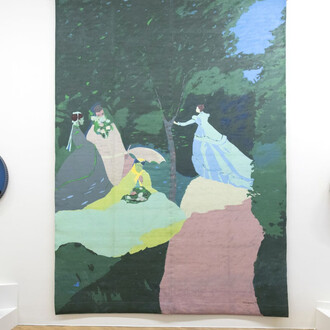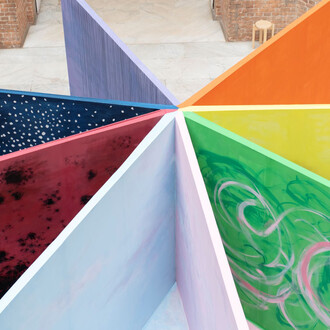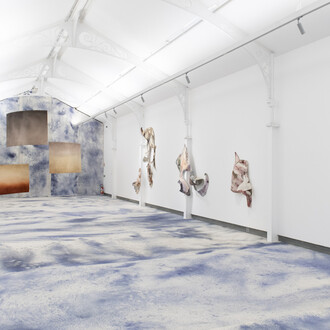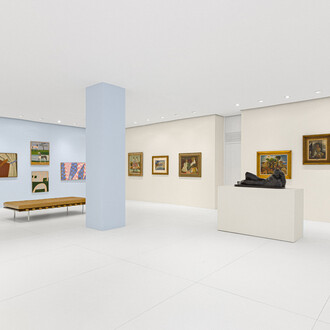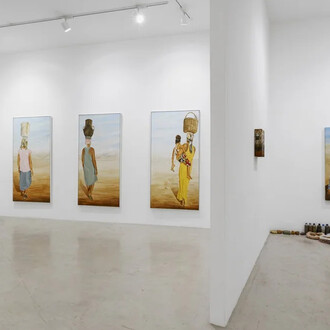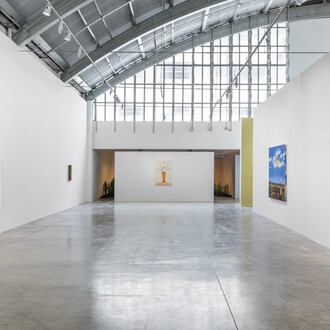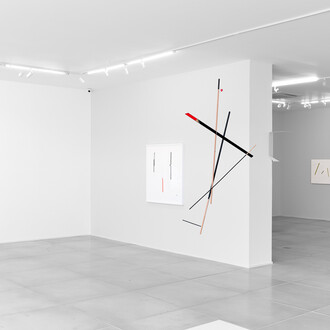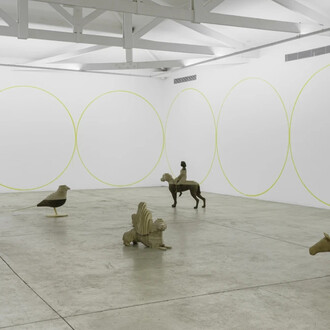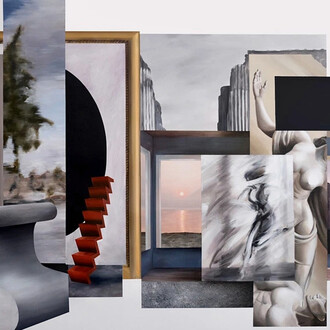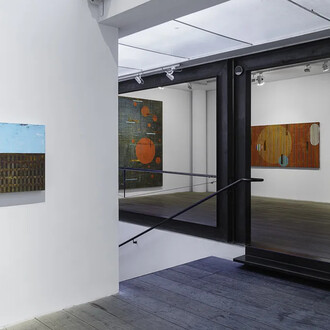The Pinacoteca de São Paulo museum, managed by the State of São Paulo Culture and Creative Economy Department, presents from December 7, 2019, to March 2, 2020, the show Jorge Pardo: Flamboyant, held at the Octagon in Pina Luz building. Curated by Jochen Volz, the museum’s general director, the exhibition showcases an original interactive installation comprised of 14 pieces, which invites the public to experience a moment of enjoyment and contemplation. Cuban Jorge Pardo, regarded as one of the most important artists or our time, has been making use of the languages of drawing and sculpture to explore the boundaries between art, design and shared living spaces.
Pardo’s tactics has consisted in reversing the conceptualist dematerialization of the art object in order to pay homage to imagined things on the material plane. His creative trajectory, which came into focus in the 1990s inside the relational aesthetics movement – a term coined by French critic Nicolas Bourriaud –, includes not only solo shows at renowned international institutions and participation in large group exhibitions, such as the 57th Venice Biennale, but also the interior design of hotels such as the recently-opened L´Arlatan, a hotel and artistic residence in Arles (France), and the creation of décor for restaurants such as those at the Hammer Museum, in Los Angeles, and the German federal parliament, in Berlin.
“I’m interested in asking: where is art supposed to stop? It’s almost impossible to control where that motion starts and stops,” said the artist in an interview given to an American magazine in April 2019. For Pinacoteca’s Octagon, Pardo has created a ‘living space’ which comprises a round carpet with yellow, copper and orange stripes, thirteen light fixtures and seven rocking chairs, all of which were designed and manufactured by Pardo himself. The set intends to evoke the familiar experience of resting under a tree, inviting the visitor to enjoy the lush pieces which, like the flamboyant tree (Delonix regia), exude a transient beauty.
The work also strikes a dialogue with the architecture and history of Pinacoteca’s headquarters, which housed the São Paulo Arts and Crafts Lyceum until 1911. “The relationship between fine art and applied art was very important when the Pinacoteca came into being. It is interesting to see Pardo taking up the same discussion one century later. The light fixtures installation is a clear reference to the great chandelier positioned at the Belvedere, the museum’s old main entrance, which was accessed from Tiradentes Avenue”, explains Jochen Volz.
The digitally-designed light fixtures are made of hundreds of laser-cut recycled plastic, steel and aluminum pieces put together and finished by hand at the artist’s studio. They hang from a mesh of steel cables that hovers over the Octagon. Their effects can always and only be revealed in space. “I like to work in this way”, says Pardo about the digital technique that allows the creation of complex layouts. “You don’t know what it will look like until you turn the lights on”.
The environmental layout is an homage to The Painter´s Studio, a 1855 painting by Gustave Courbet. Just as the French artist conceived his work as a sort of allegory of his times and made reference to several signs drawn from his universe of influences (society characters, the nude model as a reference to the academy, and others), Pardo pays his own homage to the celebrated Realist painter, using some figures from his work as ornaments for his chairs. “Courbet’s image has attracted my attention because it displays an organizational negligence in which there is no depth of field at all, revealing a feeling of lack of finish. This inspires me to create an atmosphere in which one can rock on a good chair under some beautiful lighting”, reflects the artist.
This show is sponsored by Tiffany&Co and Alexandre Birman and was only made possible by the support of the Federal Culture Incentives Law and PROAC ICMS.





